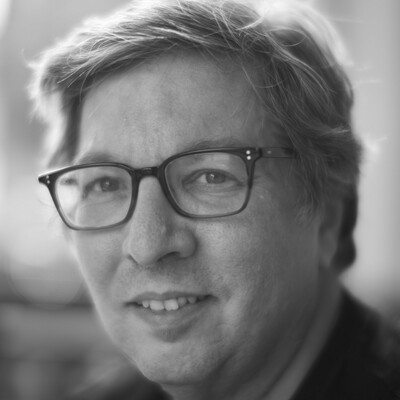- cross-posted to:
- photography@fedia.io
- photography@fedia.io
- cross-posted to:
- photography@fedia.io
- photography@fedia.io
United Nations Secretariat Building, NYC, 2021.
All the pixels, none of the motorcades or protests, at https://www.flickr.com/photos/mattblaze/51381729335
#photography

@mattblaze@federate.social as an architect and a photographer, one thing phoyography seems to be challenged by is to show the spaces that architecture creates for people. photography unfortunately flattens everything in one single rectangle, and all the wonderful spatial dimensions and relations tend to get lost. that is why architectural photography is so difficult, and why architects have to make a myriad of drawings and models to explain their creations
@mattblaze Le Corbusier in particular has been criticised about his architecture, most of the times from views of his buildings that tend not to include the attached gardening and spacing that he made part of his proposals, ideas trying to bring open spaces to every building and every inhabitant, an idea that’s as loable as it is costly, unfortunately, and easy to dismiss when the view focus only on the magnanimous concrete rectangles, which is easier than to capture the whole concept.
@argonaut While I agree that this is hard to photograph, I disagree that this helps vindicate him. The widespread adoption - untested and as an article of faith - of the “flow” theory that he promoted was responsible for several decades of disastrous, neighborhood-destroying “urban renewal” projects in NYC and elsewhere in the US. It also cemented the need to have a car in many previously walkable places.
@argonaut@mastodon.social Of course, this isn’t a criticism of the buildings themselves, which were stylistically products of a much larger movement, but of exactly the larger context you’re talking about. Plazas and other features around living- and work-spaces are great, but they largely precluded letting people organically evolve how we use precious urban space.